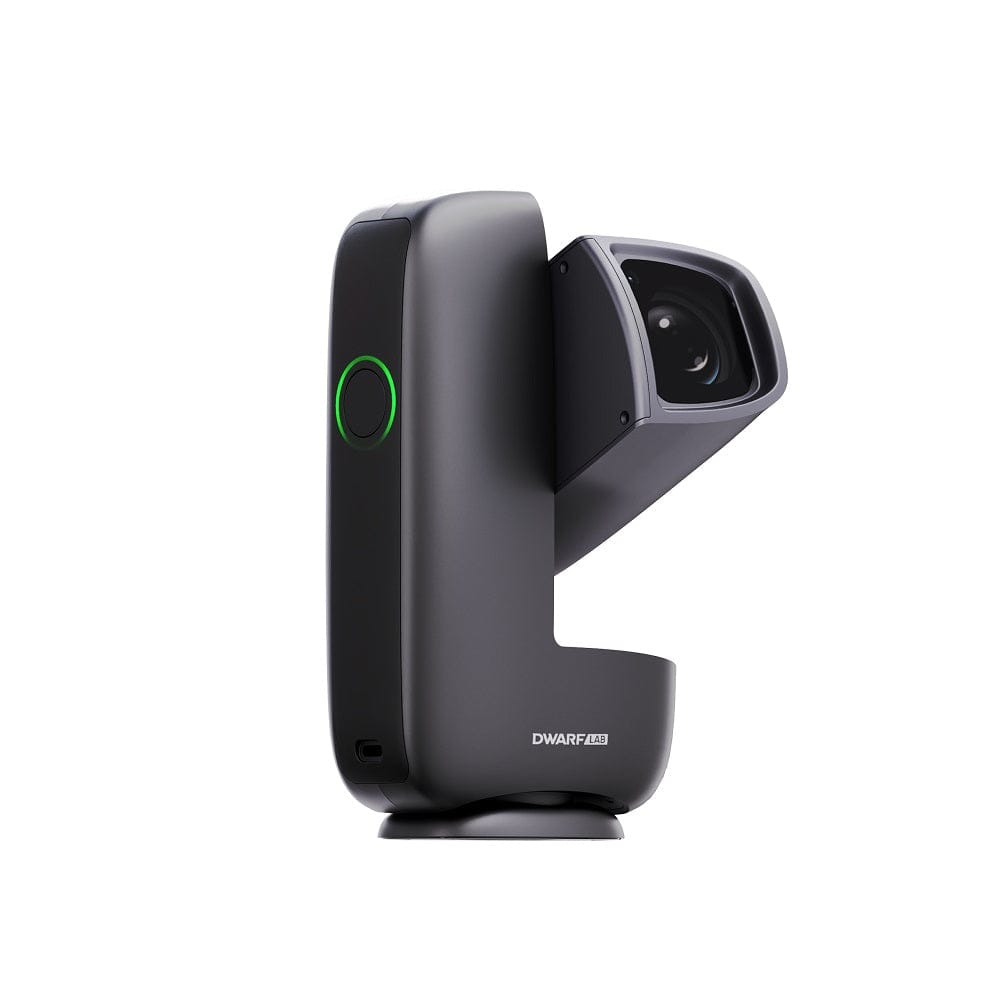
Dwarflab DWARF Mini Smart Telescope Review
Note: The DWARF Mini is currently available for pre-order, with shipping expected in January 2026. Overview and Key Features Compact,

Note: The DWARF Mini is currently available for pre-order, with shipping expected in January 2026. Overview and Key Features Compact,
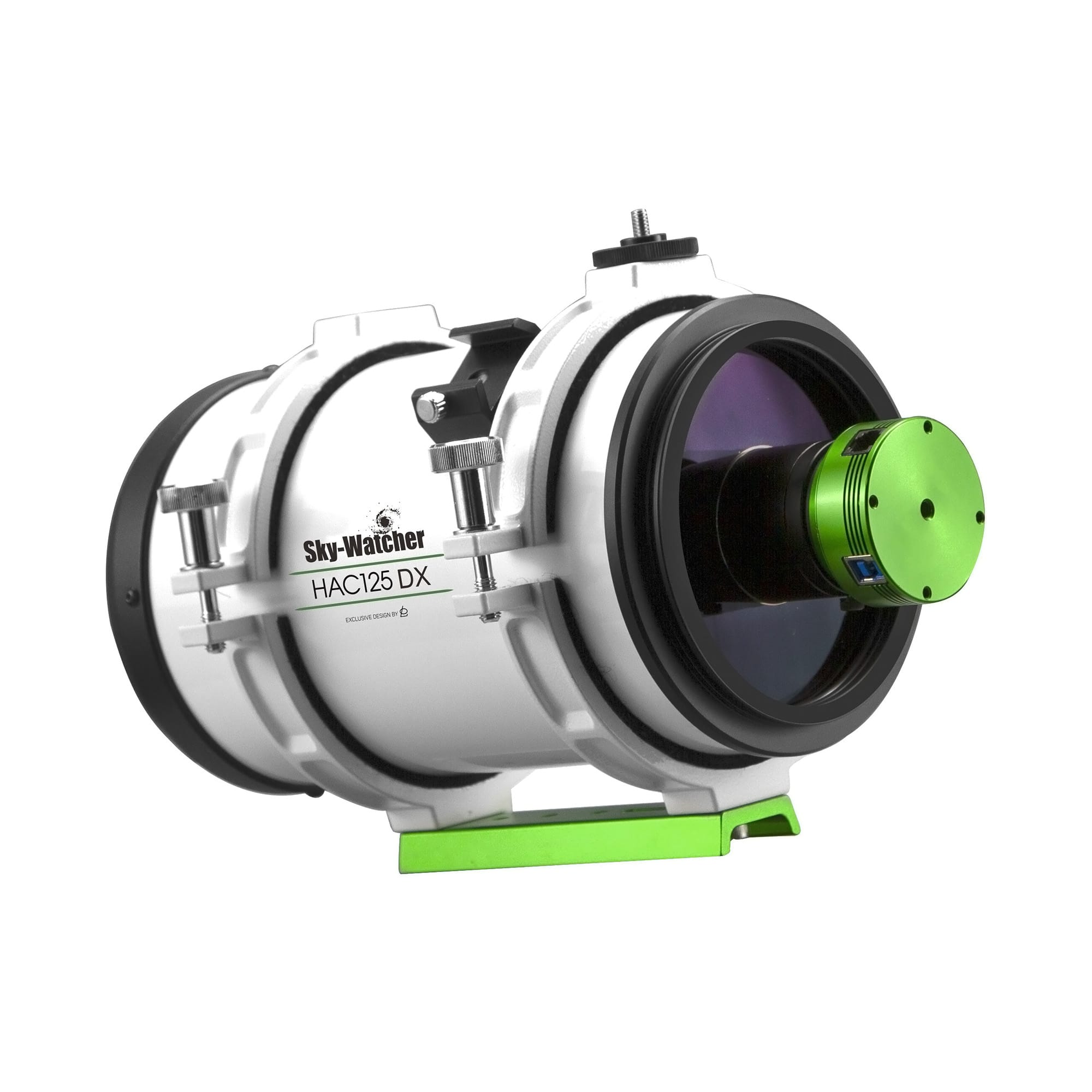
The Sky-Watcher HAC125 DX Minigraph isn’t just another compact telescope—it’s a purpose-built f/2 astrograph designed to deliver sharp, wide-field images.
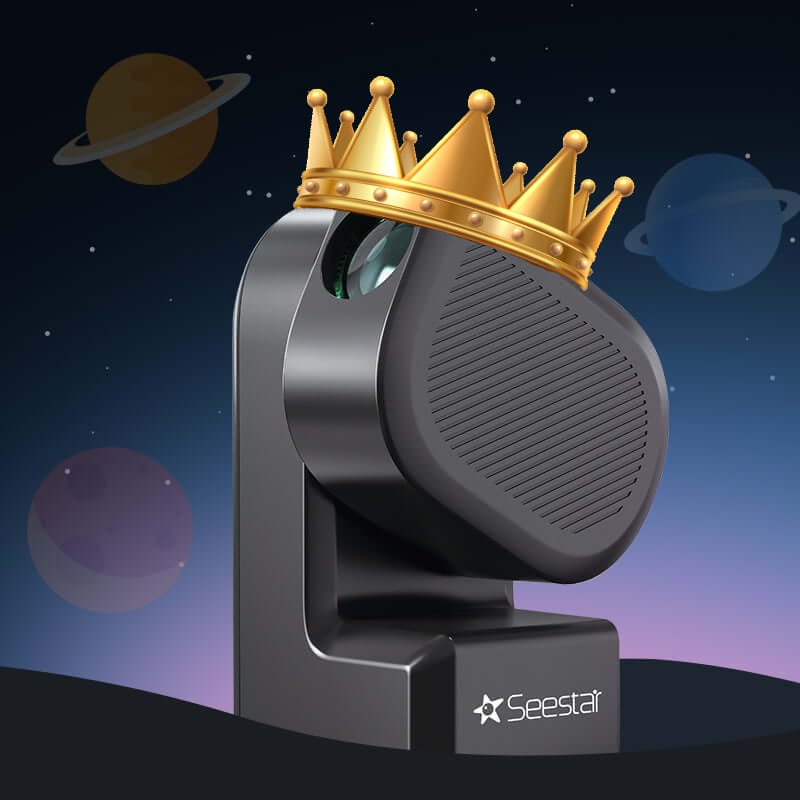
A comprehensive guide comparing the best smart telescopes of 2025, evaluating resolution, battery life, and value. Ideal for beginners to advanced users seeking a smart telescope.
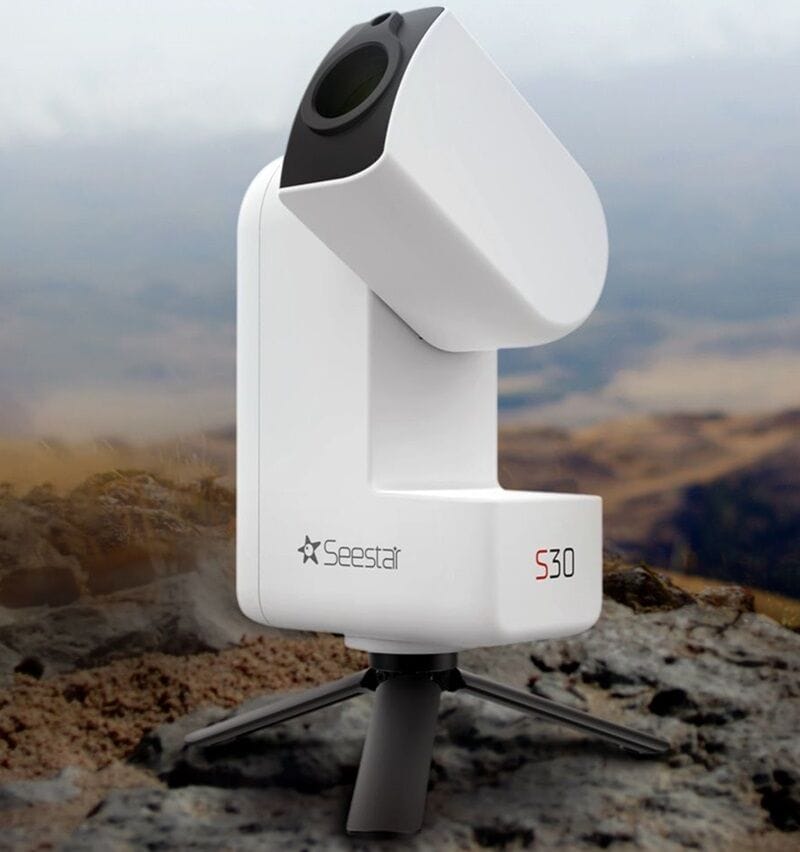
The Seestar S30 Pro upgrades ZWO’s smart telescope with a larger sensor, improved optics, wide-angle capability, and more storage—ideal for wider-field imaging and those considering an upgrade.
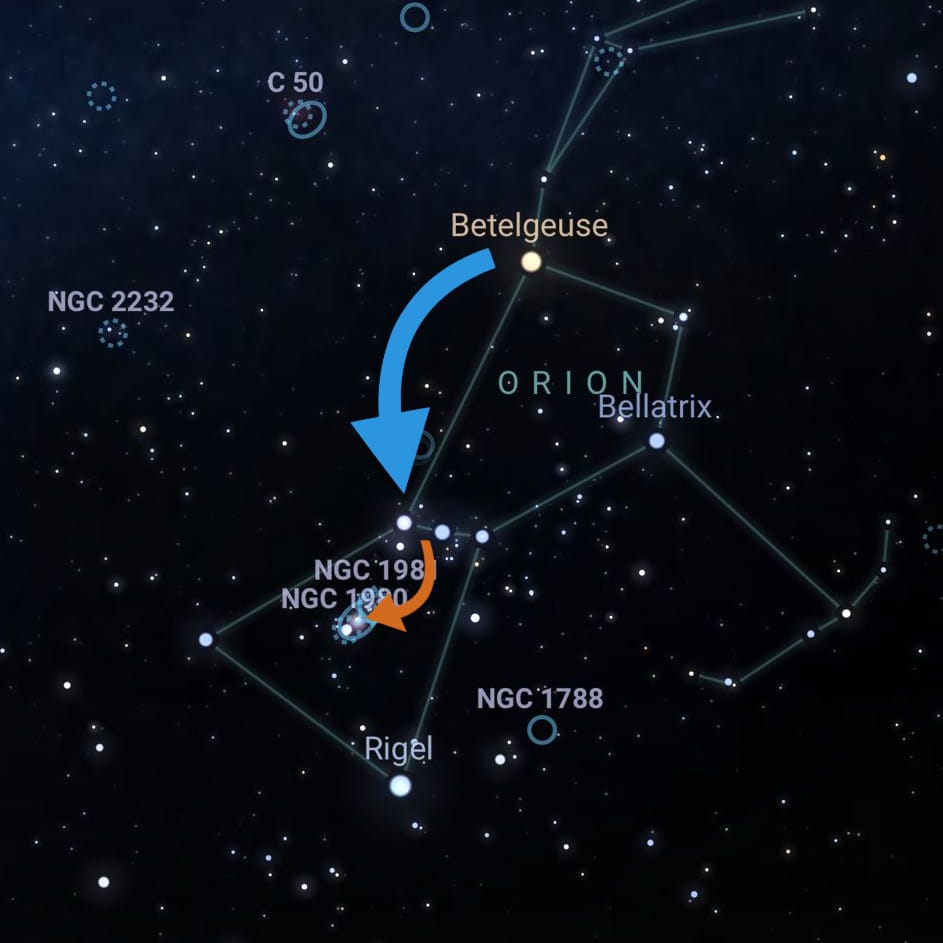
Star hopping is a fundamental technique for finding deep-sky objects without GoTo mounts. This guide explains how to navigate using bright stars and constellations to find your target.
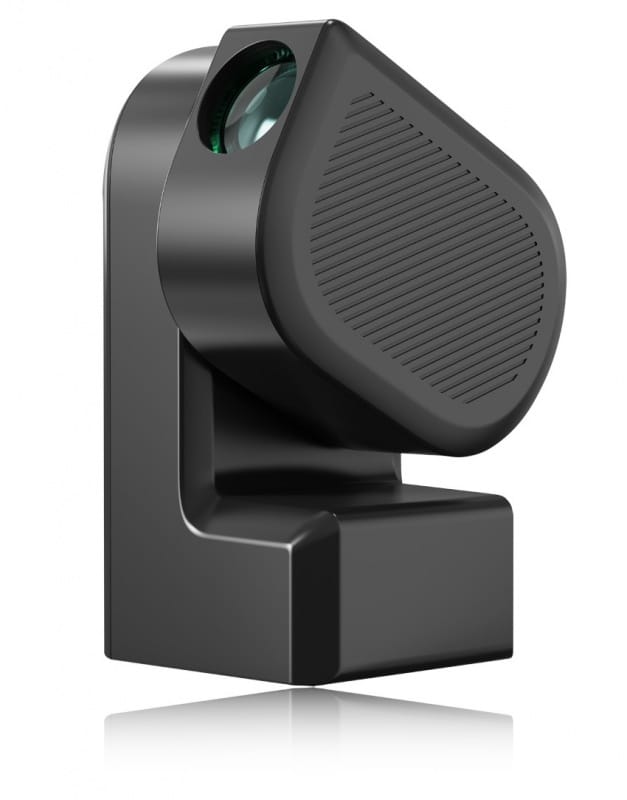
The ZWO Seestar S50 combines a 50mm triplet refractor, imaging sensor, and tracking mount in a compact, user-friendly design, offering stunning astrophotography capabilities with minimal effort.
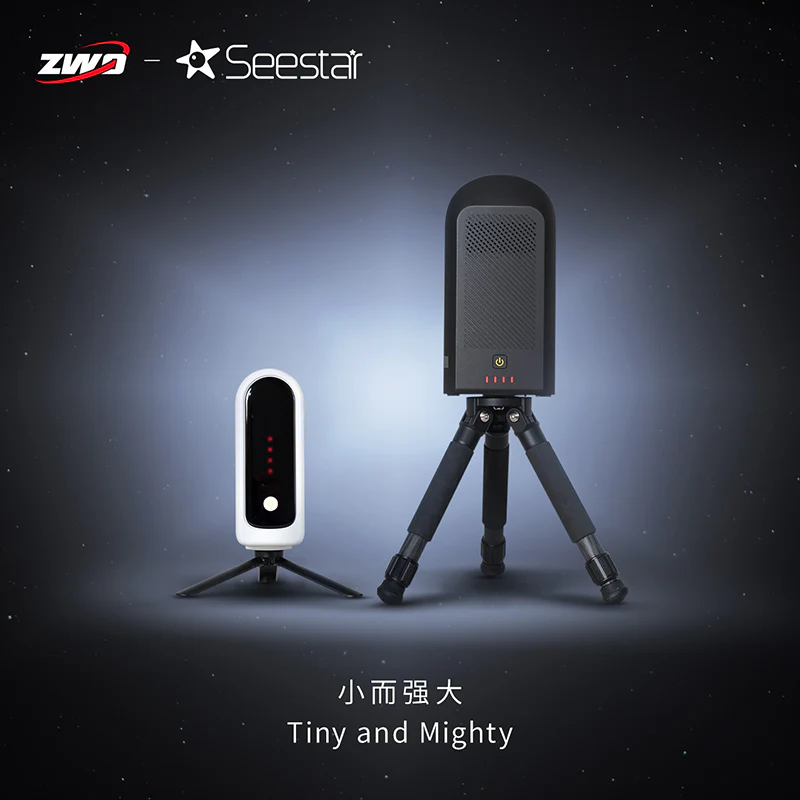
The Seestar S30 and S50 smart telescopes are compared for imaging capabilities, portability, and ease of use. This review helps users choose the right model based on their astrophotography needs.
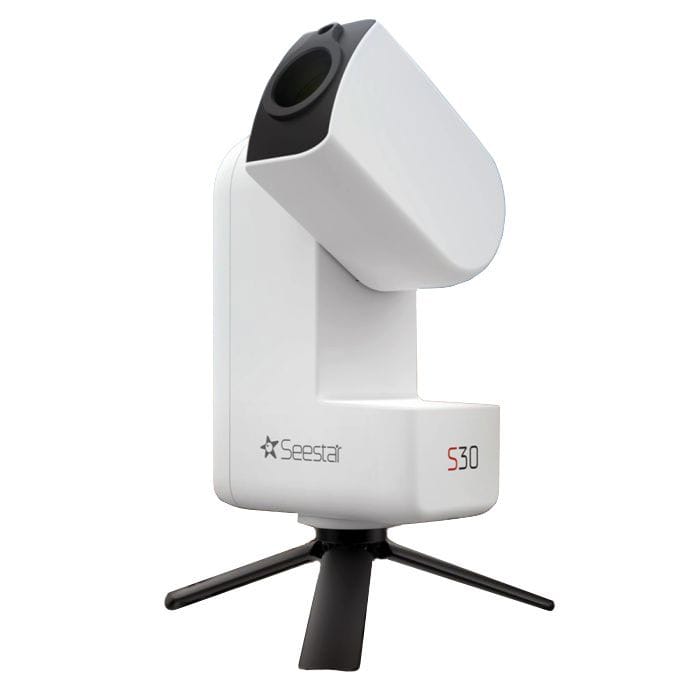
The ZWO Seestar S30 is an all-in-one smart telescope combining imaging, tracking, and processing. Compact and beginner-friendly, it simplifies astrophotography while delivering impressive results with minimal setup.
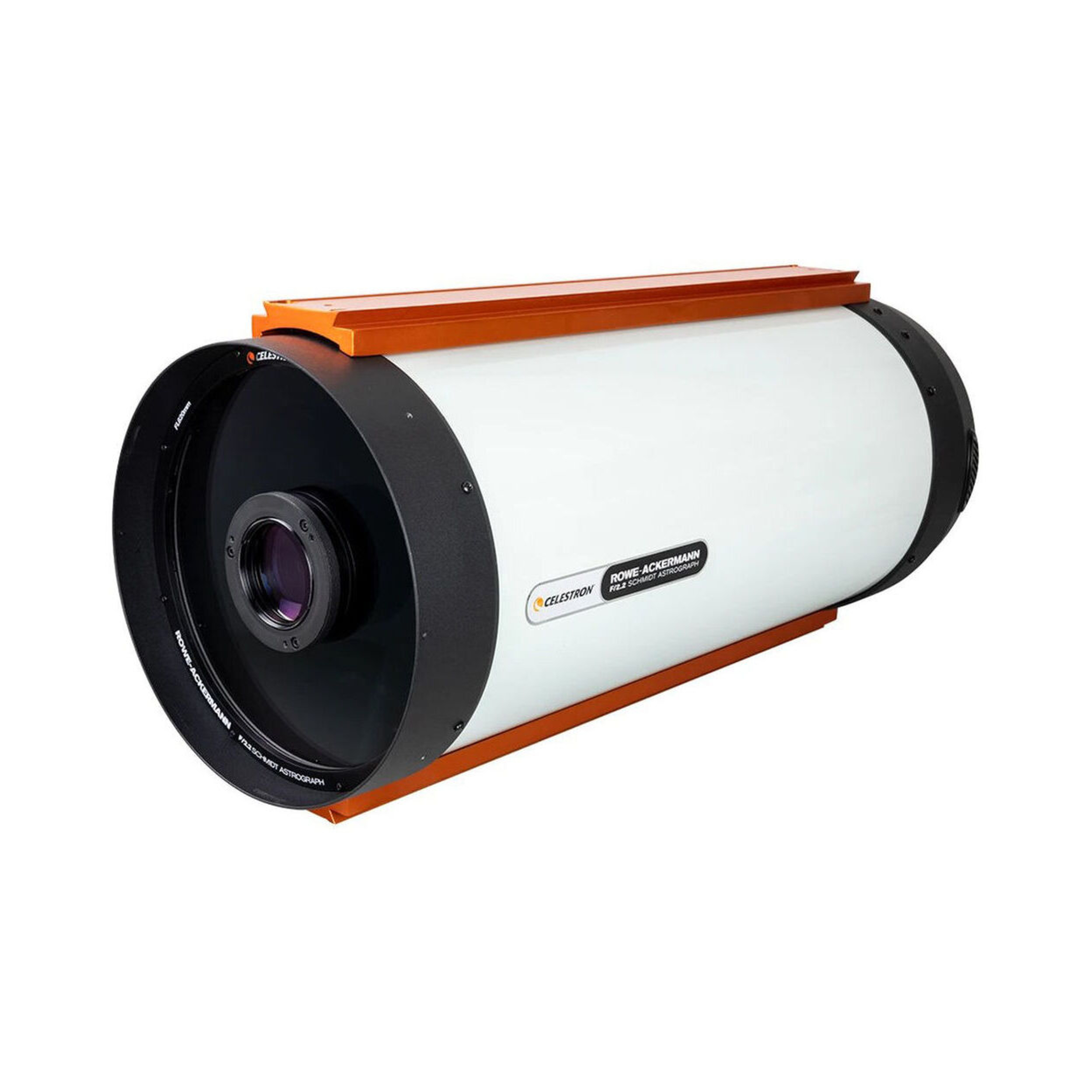
This Celestron RASA comparison examines the 8, 11, and 14-inch models, focusing on differences in field of view, portability, and imaging power for wide-field & deep-sky astrophotography.